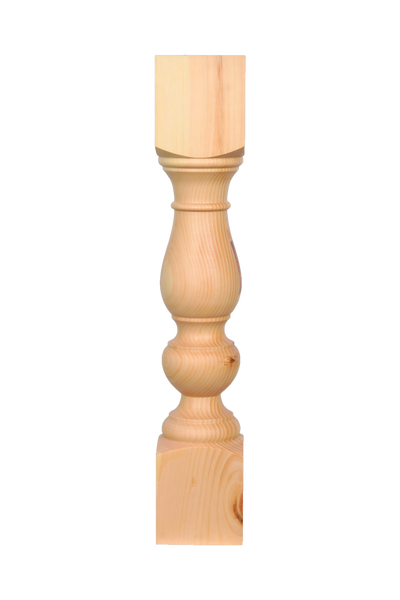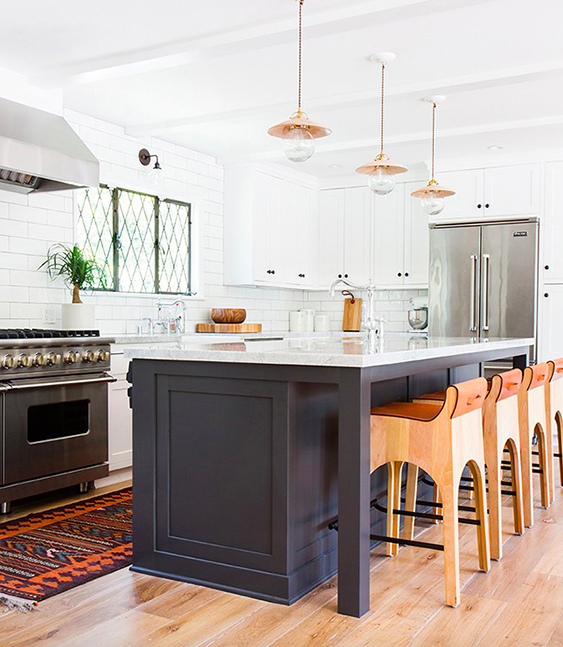Kitchen Island Legs: Include Functionality and Design to Your Space
Kitchen Island Legs: Include Functionality and Design to Your Space
Blog Article
An Overview to Choosing the Ideal Cooking Area Island for Your Home
Picking the best kitchen island is a multi-faceted choice that can dramatically affect both the functionality and appearances of your home. Recognizing your kitchen's spatial dynamics is the initial step, guaranteeing that the island fits flawlessly without disrupting the flow. Past area factors to consider, identifying the key purpose of the island-- be it for dish prep work, dining, or extra storage space-- is vital. The choice of surfaces and products additionally plays a crucial function in integrating the island with your kitchen area's overall layout. As we check out these components even more, the nuances of each choice will certainly end up being clear.
Analyzing Your Space
Prior to picking a kitchen island, it is vital to extensively evaluate your space to make sure the enhancement will be both functional and cosmetically pleasing. Begin by determining the offered location, including the size, size, and elevation of the cooking area. Exact dimensions are critical to avoid buying an island that overwhelms the area or one that is overmuch tiny.
Take into consideration the existing format and exactly how the island will certainly incorporate with the current traffic circulation. A well-placed island needs to not obstruct paths or hamper access to important appliances, such as the refrigerator, sink, and range. Leave sufficient clearance room-- commonly around 36 to 48 inches on all sides-- to permit comfy movement and work space effectiveness.
Following, evaluate the all-natural light and sightlines within your cooking area. An island that obstructs a home window or interferes with visual communication can make the space really feel dark and confined. Think about just how the island's placement will affect lighting and presence, guaranteeing it enhances instead of diminishes the kitchen's ambiance.
Figuring Out the Function
Identifying the function of your kitchen island is a crucial action in ensuring it satisfies your specific requirements and choices. Before diving right into style or dimension considerations, it is important to clarify what key feature the island will offer in your cooking area. Will it be a main hub for dish prep work, a laid-back eating location, or possibly an added storage space option?
Additionally, sufficient counter room for blending and chopping, along with available storage for kitchen tools and ingredients, can transform the island into a reliable workstation. Alternatively, if the island is intended to assist in social communications or serve as a dining area, seating setups come to be extremely important.

Choosing the Right Size
Selecting the best dimension for your kitchen area island is a balance of functionality and room optimization. An excellent cooking area island need to supply enough work space while ensuring that activity around the kitchen stays unimpeded. Begin by measuring your cooking area area; a minimal clearance of 36 to 42 inches around the island is necessary to permit for comfortable movement and accessibility.
The dimensions of the island must show its intended use. If the island will certainly serve largely as a prep location, a size of 24 to 36 inches could suffice.

Lastly, ensure that the island's size enhances the general kitchen format, preventing any type of overwhelming visibility that may interfere with the cooking area's visual and utility - kitchen island legs. Mindful planning and specific dimensions will aid you accomplish a effective and harmonious kitchen area environment
Finding Products and Finishes
After establishing the appropriate size for your kitchen area island, the following action involves choosing suitable materials and coatings. kitchen island legs The choice of materials considerably affects both the visual appeal and functionality of your kitchen island. Popular materials for counter tops consist of quartz, granite, and butcher block, each offering unique advantages.
Along with the countertop, think about the materials for the island base. Strong timber provides a classic, durable appearance, while stainless steel offers a smooth, modern look and is very easy to tidy. Painted coatings can present a sprinkle of shade, with alternatives varying from low-key pastels to strong, dynamic tones.
Pay interest to the durability of coatings, particularly in high-traffic areas, to preserve the island's look over time. Selecting the best products and surfaces will certainly enhance both the capability and visual allure of your kitchen area island.
Including Practical Features
Including functional attributes into your cooking area island can dramatically improve its utility and comfort, transforming it right into a versatile centerpiece of your kitchen area. One crucial attribute to take into consideration is this page extra storage. Incorporating cupboards, drawers, and open shelving can supply much-needed area for pots and pans, tools, and tiny home appliances, aiding to maintain a clutter-free atmosphere.
An additional important enhancement is a built-in sink or cooktop, which can enhance dish preparation and clean-up processes. A sink can promote tasks such as washing vegetables and cleaning meals, while a cooktop can enable for food preparation straight on the island, fostering a much more social and interactive food preparation experience.
Consider incorporating seating choices, particularly if your cooking area increases as an informal dining area. Bar feceses or integrated benches can change the island right into a multifunctional area for meals, research, or informal gatherings.
Last but not least, integrating electric outlets into your kitchen island can boost its functionality. Outlets provide convenient accessibility for tiny cooking area devices, billing terminals for digital gadgets, and extra illumination choices.
Conclusion

Prior to picking a kitchen island, it is necessary to thoroughly assess your space to guarantee the addition will certainly be both useful and aesthetically pleasing.Choosing the ideal size for your kitchen island is an equilibrium of functionality and area optimization. kitchen island legs. An ideal kitchen island need to provide adequate office while making sure view it that motion around the kitchen remains unblocked.Integrating functional features right into your kitchen area island can substantially boost its energy and ease, transforming it into a functional centerpiece of your cooking area.In final thought, selecting the suitable kitchen island demands an extensive assessment of the available space, clarity regarding its primary function, and careful consideration of the appropriate size and materials
Report this page